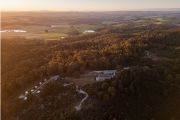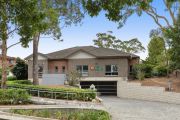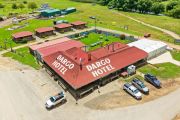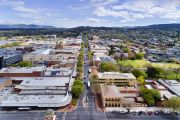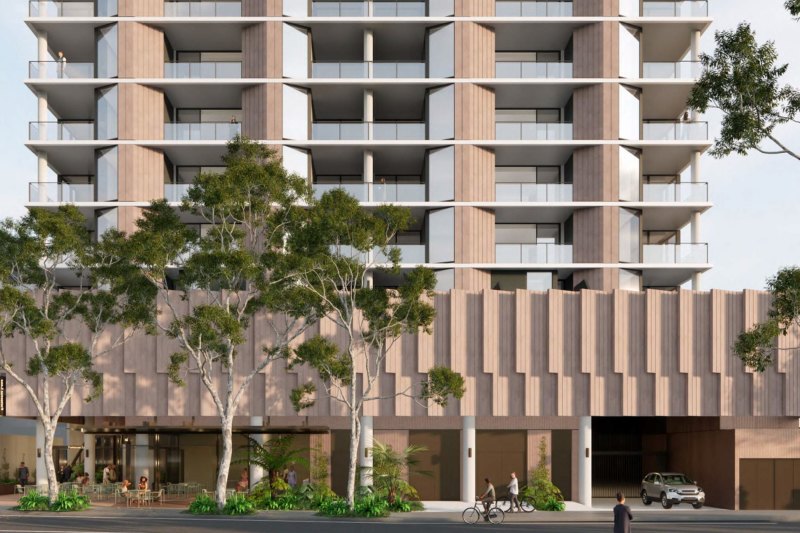
Social housing offers 8-12pc infrastructure-like returns
The $10 billion Housing Australia Future Fund will offer investors social infrastructure-like returns – at a net 8 per cent to 12 per cent rate – according to Conscious Investment Management chief investment officer Matthew Tominc, who last year set up a $200 million fund to tap the nascent sector.
The scheme to develop new social and affordable housing offered a way for institutional investors to invest in a predictable, inflation-pegged income stream that would ensure a full return over 25 years and not depend on sale of the asset at the end, Mr Tominc said on Thursday.

The “superpower” of the HAFF – which will pay out a minimum $500 million each year to top up below-market rate rents and ensure investors sufficient returns – was that at the end of the investment term a community housing provider would also take ownership of the housing asset and build up their own balance sheet, he said.
“The HAFF looks like a series of small public private partnerships or PPPs, given where the revenue is coming from on the investment,” Mr Tominc told a JANA Annual Conference audience.
“Think about it as analogous to social infrastructure or core property type investments.”
These had a net return range of 8-12 per cent once operational, he later told The Australian Financial Review, raising his initial upper-end figure of 10 per cent.
As Australia grapples with how to channel institutional money into new housing development, the fund offers a way to invest in affordable and social housing that Australia hasn’t had before.
Subsidies under the former National Rental Affordability Scheme – which the former Coalition discontinued in 2014 – lasted only 10 years and homes in the scheme were owned by individual owners.
This funding program aims to develop 20,000 social homes – rental accommodation for lower-income people who receive Commonwealth Rent Assistance and generally pay up to 30 per cent of their income as rent – as well as 20,000 affordable homes, rented out at 75 per cent of prevailing market rates to qualifying key workers.
The first tender round of five – each nominally allocating funding for 8000 homes a year – that began in January was severely oversubscribed, with developers, community housing providers and state and territory governments making funding bids for 50,167 homes in 673 applications.
Affordable housing industry groups said the strength of demand should prompt the federal government to double the $10 billion fund to speed up the rollout of funding, but the government has not responded.
Results of the tender were initially expected last month, but no clear date has yet been announced.
Joe Achmar, the acting chief executive of provider St George Community Housing, said on Thursday he did not know if the first tender would award funding for more than 8000 places, but because certainty of delivery was a key consideration, the tender was likely to prioritise applications based on buying and using existing housing stock.
The awarding of funds was also likely to be staggered to ensure the construction and development sectors could follow through, Mr Achmar said, speaking on a panel with Mr Tominc.
“I’m not sure if it’s going to be greater than 8000, but I would think they would be trying to stagger the releases as well, just to manage construction,” he said.
“Part of the criteria for the HAFF was certainty of delivery. So I think there are quite a few submissions for completed stock. They would take priority.”
The asset class was still young, he said.
“Social and affordable housing as an investment class is currently where student housing was probably about 20 years ago,” Mr Achmar said.
“A majority of the assets were owned by the universities. Demand was increasing due to international students, private developers and the private investors creating a purpose-built student housing accommodation sector.”

